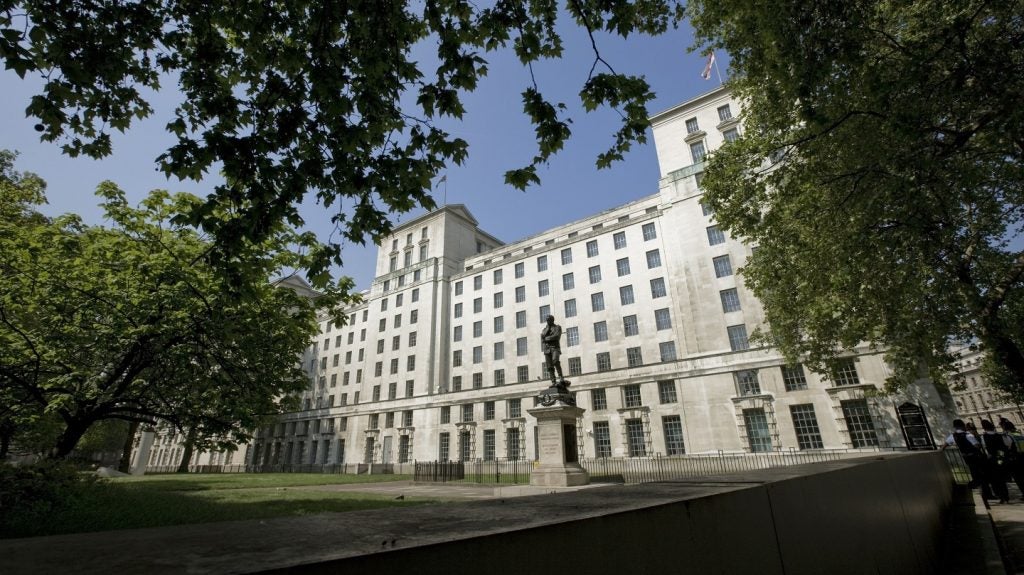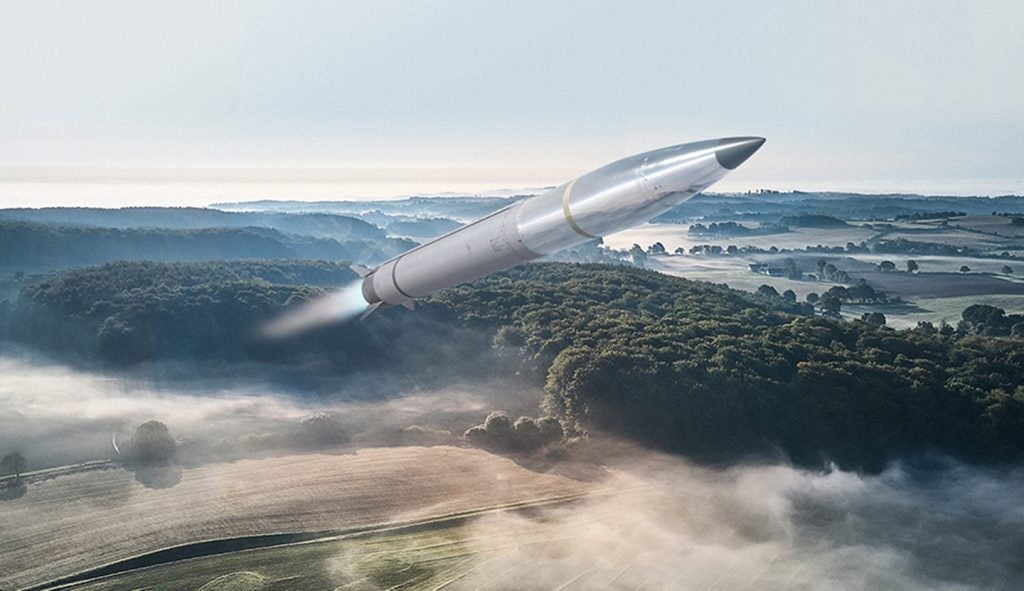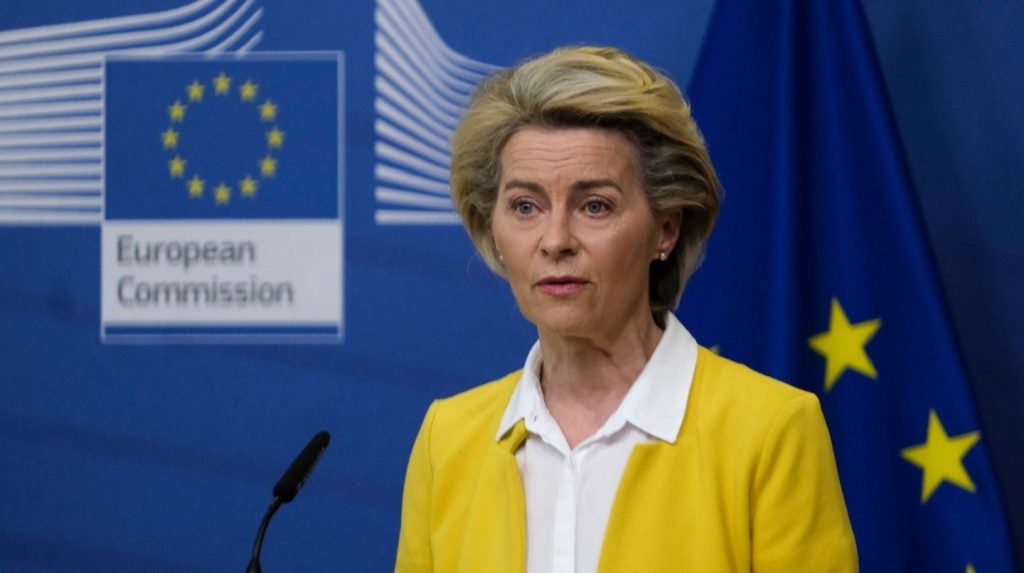The UK Public Accounts Committee (PAC) has said that an analysis of the UK Ministry of Defence’s (MoD) Equipment Plan 2023-2033 has revealed a £16.9bn ($21.6bn) deficit between capability requirements and its actual budget.
In a scathing report published on 8 March, the PAC stated that the near-£17bn gap between funding and spending, despite the MoD having increased the Equipment Plan’s budget by £46.3bn, was the largest in any of the plans submitted from 2012.
The PAC said that the 2023-2033 plan was not affordable and, unlike its 2022 predecessor which was judged to be so, was characterised by “optimism bias.”
The actual deficit in the Equipment Plan budget could indeed be “even larger”, argued the PAC, as “some parts of the [UK] Armed Forces have not included costs for all the capabilities government expects the MoD to provide, but only those they can afford”.
The PAC stated that the MoD had “not had the discipline” to balance the budget “by making difficult choices about which equipment programmes it can and cannot afford”. Rather, it had “opted to assume” that fiscal and economic circumstances enable programmes to be completed in the next ten years.
“This, combined with the marked deterioration in the Plan’s affordability, means that the MoD has not credibly demonstrated to Parliament how it will manage its funding to deliver the military capabilities that government wants,” the PAC stated in its report.
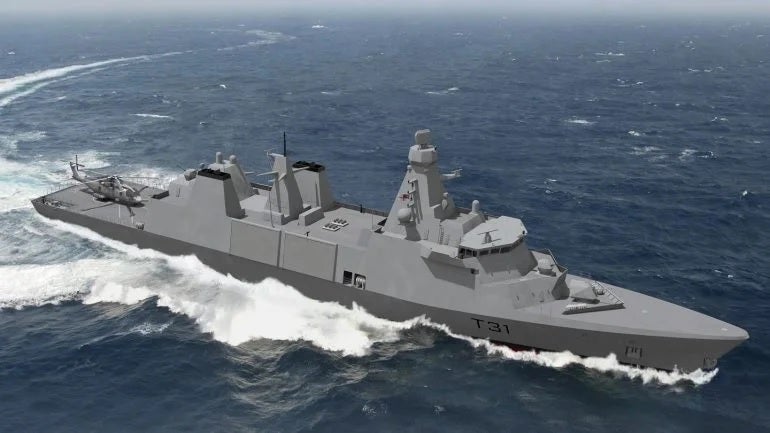
Further, the PAC stated that it was “concerned” of the creation of a “gap” in the ability of the UK Parliament to “hold the MoD to account for spending and delivery” in areas which do not fall within the mandates of other authorities such as the Defence Select Committee, the Joint Committee on the National Security Strategy or the statutory Intelligence and Security Committee of Parliament.
“The Committee will seek to work with the Government and within Parliament to identify a practical solution to enable effective scrutiny across sensitive areas of defence spending and delivery,” the report stated.
MoD splashing the cash on big-ticket items
According to the PAC, the British Army was calculated to need around £12bn more to fund all the capabilities that the government seeks. Key British Army programmes include the introduction of the Challenger 3 main battle tank, the Boxer armoured personnel carrier, the Ajax infantry fighting vehicle, and new long-range mobile artillery, among others, such as the planned consolidation of its light mobility fleets.
Spending in the naval domain is particularly high with plans to introduce eight Type 26 frigates, five Type 31 frigates, and a massive multi-billion-pound plan to recapitalise the UK’s nuclear deterrent with new Dreadnought-class submarines and nuclear warheads.
In the air domain, much of the spending is on acquiring the F-35B stealth fighters for the Royal Air Force and Royal Navy, a programme that has already been scaled back. In addition, the UK is moving ahead with plans to develop a new sixth-generation fighter in the GCAP programme.
Other big-ticket items, such as the planned acquisition of 14 Extended Range CH-47 Chinook helicopters, remain uncertain.
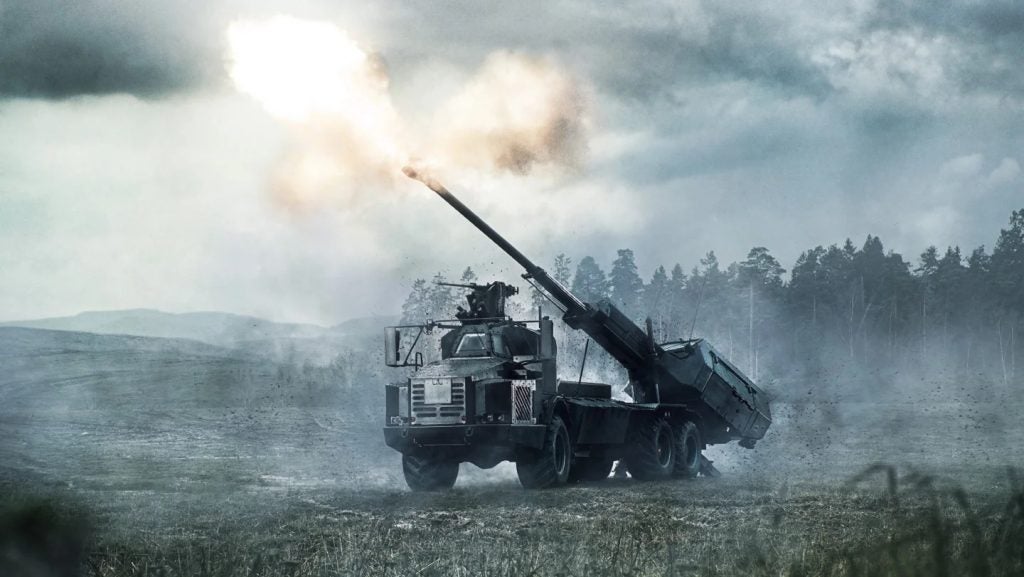
Analysis by GlobalData detailed that the UK’s defence budget between 2019-2023 recorded a compound annual growth rate (CAGR) of 5.3%, growing from $51.1bn to $62.8bn. However, this growth is forecast to dip slightly during the 2024-28 period, with the UK experiencing a CAGR of 4.9%, going from $66.3bn to $80.4bn.
Recent announcements by the UK Government during the Spring Budget statements on 6 March revealed aspirations for defence spending to increase to 2.5% of GDP would only be met “when economic conditions allow”, according to UK Chancellor Jeremy Hunt.


